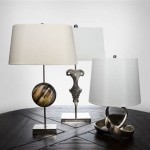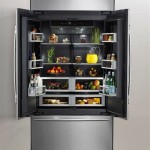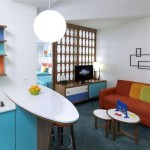Essential Aspects of Commercial Design Interiors
Commercial design interiors play a crucial role in shaping customer experiences, fostering productivity, and enhancing brand image. When designing commercial spaces, architects and designers must consider various essential aspects to create functional, visually appealing, and inspiring environments.
1. Functionality and Flow: The primary goal of commercial design is to ensure optimal functionality and ease of movement within the space. This involves planning the layout, selecting appropriate furniture, and considering traffic patterns to create a seamless user experience.
2. Aesthetics and Ambiance: The visual appeal and ambiance of a commercial interior contribute significantly to the overall customer experience. Designers carefully select materials, colors, lighting, and decor to create a cohesive and inviting atmosphere that reflects the brand's identity.
3. Space Planning and Utilization: Efficient space planning is essential in maximizing the functionality and comfort of commercial interiors. Designers optimize available space through strategic furniture placement, partitioning, and incorporating natural lighting to create a sense of openness and spaciousness.
4. Sustainability and Eco-Friendliness: Increasingly, clients and consumers demand sustainable commercial interiors. Designers prioritize the use of eco-friendly materials, energy-efficient lighting and appliances, and responsible waste management practices to reduce environmental impact.
5. Accessibility and Inclusivity: Commercial interiors must be accessible and inclusive for all users, including those with disabilities. This involves implementing features such as ramps, elevators, wider doorways, and accessible restrooms to ensure equal access.
6. Technology Integration: Technology plays a vital role in enhancing the functionality and connectivity of commercial spaces. Designers incorporate audio-visual systems, smart lighting, and security features to create technologically advanced environments that support collaboration, productivity, and customer engagement.
7. Ongoing Maintenance and Flexibility: Commercial interiors require ongoing maintenance to preserve their aesthetic appeal and functionality. Designers consider the ease of cleaning, durability of materials, and flexibility of the space to accommodate future changes or renovations.
By addressing these essential aspects, commercial design interiors can effectively meet the needs of users, enhance brand image, and create enduring and inspiring environments that drive success.

20 Top Commercial Interior Design Firms To Watch In 2024 Decorilla

Why Interior Design For Your Commercial Property Is Worth The Investment Nativa Interiors

Industrial Chic Commercial Interior Design A Designer At Heart Consultant Specialised In Serviced Accommodation

Designing Tips For Your Commercial Interiors Interior Jumbo

Luxury Commercial Interior Design How To Achieve A High End Look Nativa Interiors

Commercial Interior Design Services Planforce Group

The New Rules Of Commercial Interiors Meeting Modern Expectations

7 Design Trends For Commercial Interiors Work

5 Design Ideas For Successful Commercial Interiors

Commercial Interior Design For Project Types Hatch








